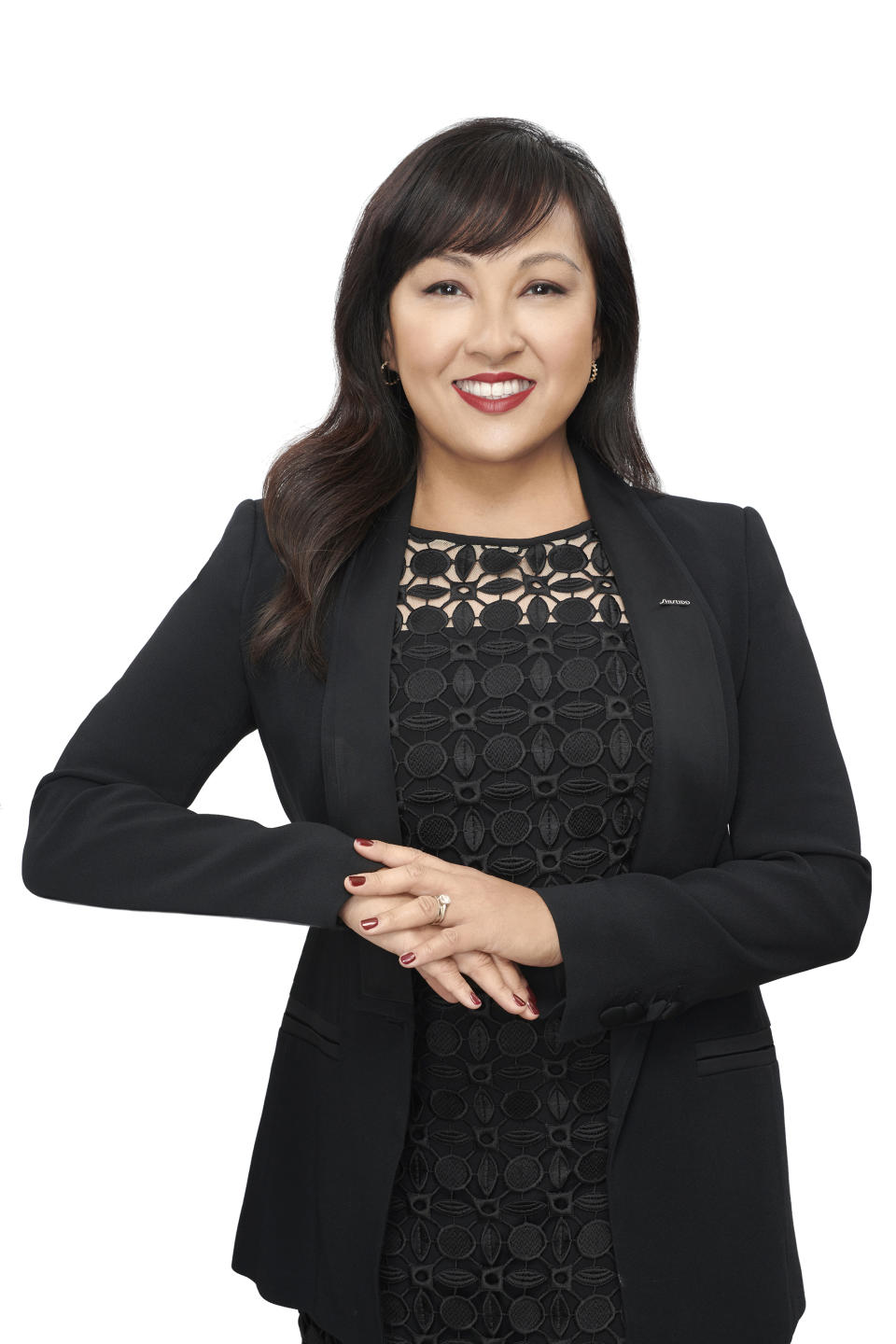Building a Global C-suite

When Shiseido chief executive officer Masahiko Uotani speaks of globalizing Shiseido Corp., a key component of his vision is a company workforce that reflects the multiplicity of the consumers it serves, from entry role positions all the way up to executive level leaders.
Historically, the upper echelons of Shiseido have been dominated by Japanese executives. Recently, though, Uotani dramatically diversified the C-suite, promoting three Americas-based executives to global roles.
More from WWD
Maria Chiclana was named chief legal officer and global general counsel; Angelica Munson was named chief digital officer, and Antonios Spiliotopoulos was appointed chief supply network officer.
“Shiseido has a unique DNA, combining Japanese aesthetics, the spirit of omotenashi, uncompromising quality,” said Spiliotopoulos. “How can we strengthen and enhance the spirit and at the same time adapt it to the new modern beauty world? The ability to translate our DNA to today’s modern world — that is the strength of Shiseido and the beauty of having global executives with different backgrounds.”
It’s a bold idea. As global as the beauty industry is, C-suites still tend to be somewhat homogenous when it comes to cultural diversity. L’Oréal’s executive committee is dominated by French people, for example, while the Estée Lauder Cos. is primarily American with three Europeans at the helm. In Japan, especially, where tradition still dominates business practices, it is unusual to have such diversity at the very top.
“Uotani-san is a very disruptive leader. He is American educated and this is his first Japanese company,” continued Spiliotopoulos. “So you have this beautiful historical organization with the ability and courage to break the mold and go to a new level of inclusiveness and diversity and openness to today’s world.”

The idea is to inject agility and an open-minded spirit across the organization, the better to be able to anticipate evolving consumer habits and desires. “The consumer is a diverse consumer, and we have to take into account differences in skin, in values, in economics, in culture, in geopolitical tensions,” said Chiclana, the first female and first Latine to hold the chief legal role. “We are linking global diversity to value creation, because you create a business environment where different ideas and perspectives can come together and form multiple solutions to a set of challenges.”
In her role, Chiclana oversees legal, governance and risk management, and her goal is to enhance how those departments work within the entire enterprise. “It’s about being a true business partner with a global lens and acting as a guardian, catalyst, strategist — whatever is needed in addition to legal problem solver,” she said. “Prior to my role, the legal team and risk management team were in silos and not seeing themselves as business strategy enablers. I have changed the mind-set and pierced through the silos.
“We work and collaborate as a team with trust and transparency,” she continued, “and have created a global legal strategy that mirrors the business strategy. We learn together and share best practices.”
That two-way dialogue is one of the most significant benefits when it comes to globalizing the C-suite and beyond. “This is the first time in the history of the company with three non-Japanese executive officers, and it’s a privilege to exchange ideas and discourse with them,” said Munson. “Everyone is learning a lot. It goes both ways.”

Munson, who moved to Tokyo from New York City with her 16-year-old daughter, has also recruited three members of her U.S.-based team to Japan, including a data and analytics executive originally from India, a CRM expert who is Brazilian Italian, and a Beijing native who moved to New York to work in Shiseido’s digital university. The team they will work with in Tokyo is primarily Japanese.
“My team is this amalgam of global talent and people here in Japan. How do we learn from each other? Communicate most effectively?” said Munson. “My role as a facilitator and connector of different groups is an important one. I’ve been brought to help in a respectful way to disrupt and bring more agile ways of thinking and to also be pragmatic about it — how do we introduce new ways of thinking and more innovation into our digital channels with a strategic view?”
Those are questions that don’t always have easy answers and are in some ways antithetical to how Japanese people are accustomed to doing business. And that’s just the point.
“Part of my mission is to disrupt and challenge,” said Spiliotopoulos. “I say to my team, ‘I want you to be disobedient, which is not easy for the Japanese. I encourage people to not accept the status quo.
“I want people to celebrate failure,” he continued. “Failure is what drives progress. If you don’t fail and pick up the pieces and try again, you cannot adapt and progress in today’s world.”
Sign up for WWD's Newsletter. For the latest news, follow us on Twitter, Facebook, and Instagram.
RSVP for "A Matter of Style", a Fairchild Archive exhibition September 9-10 in New York City.

